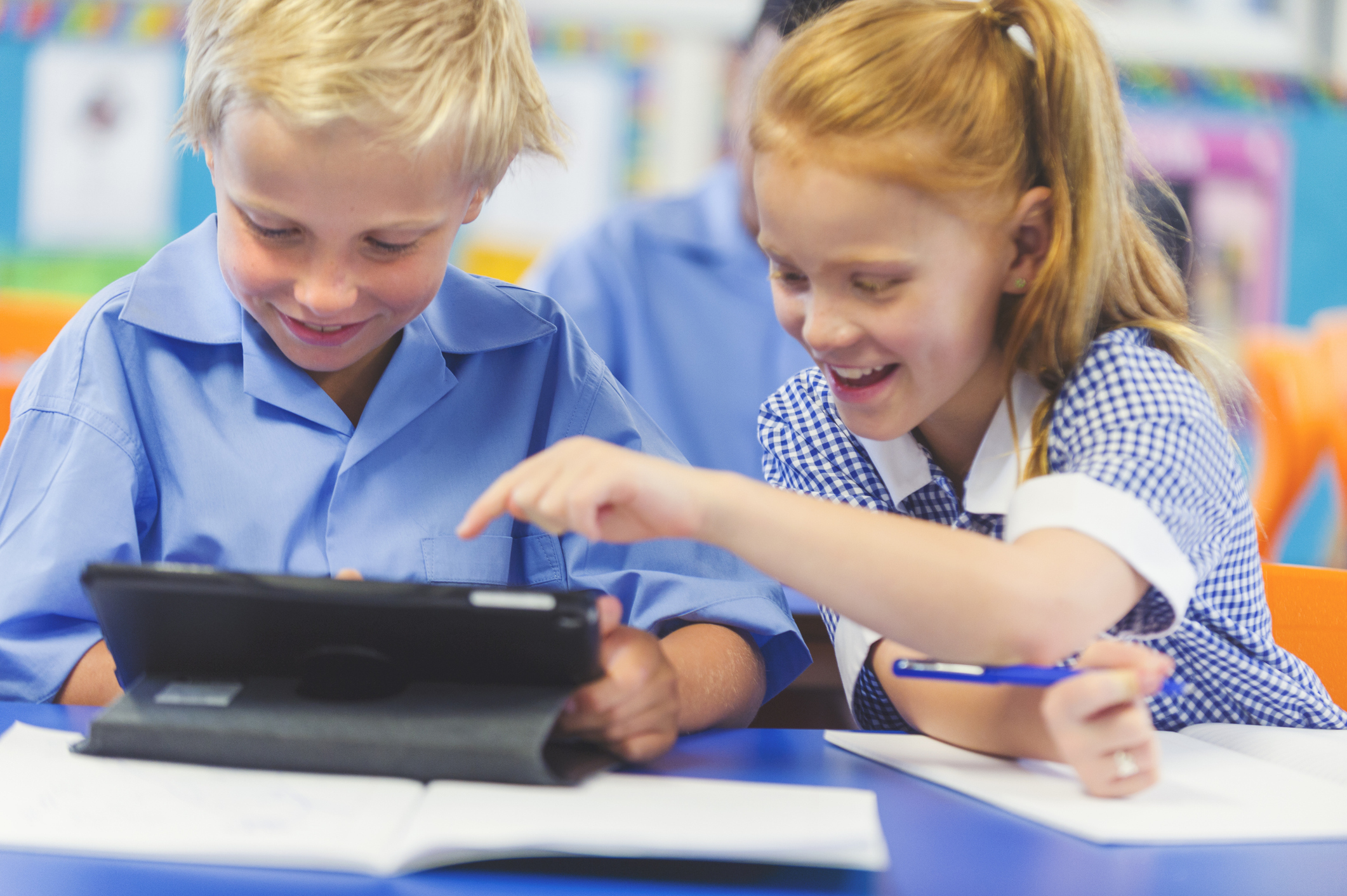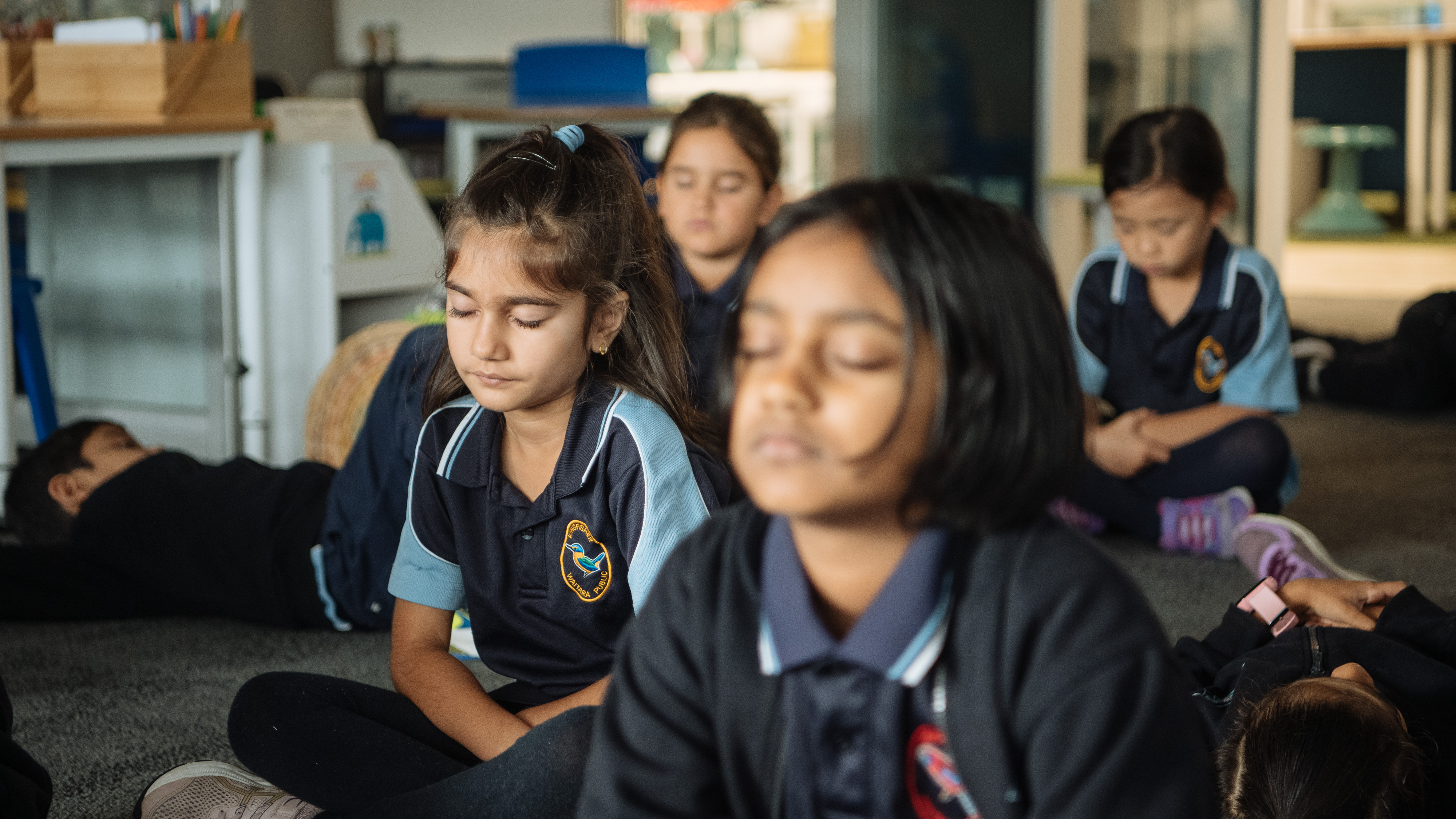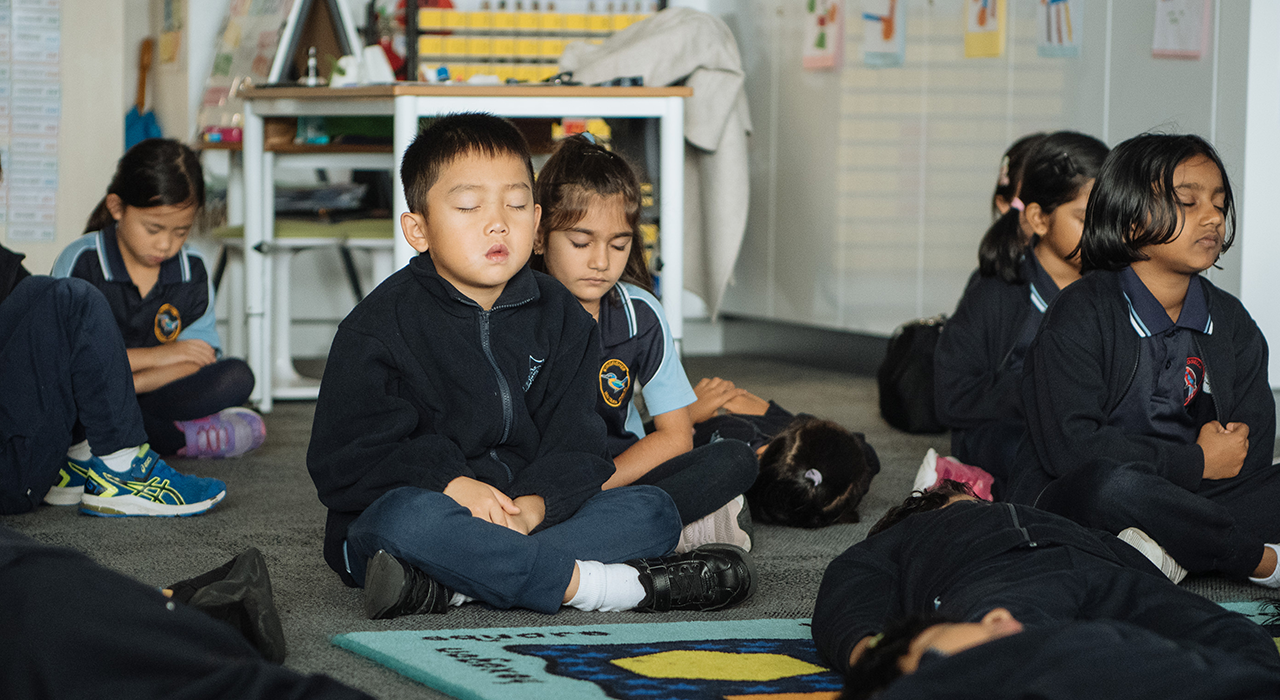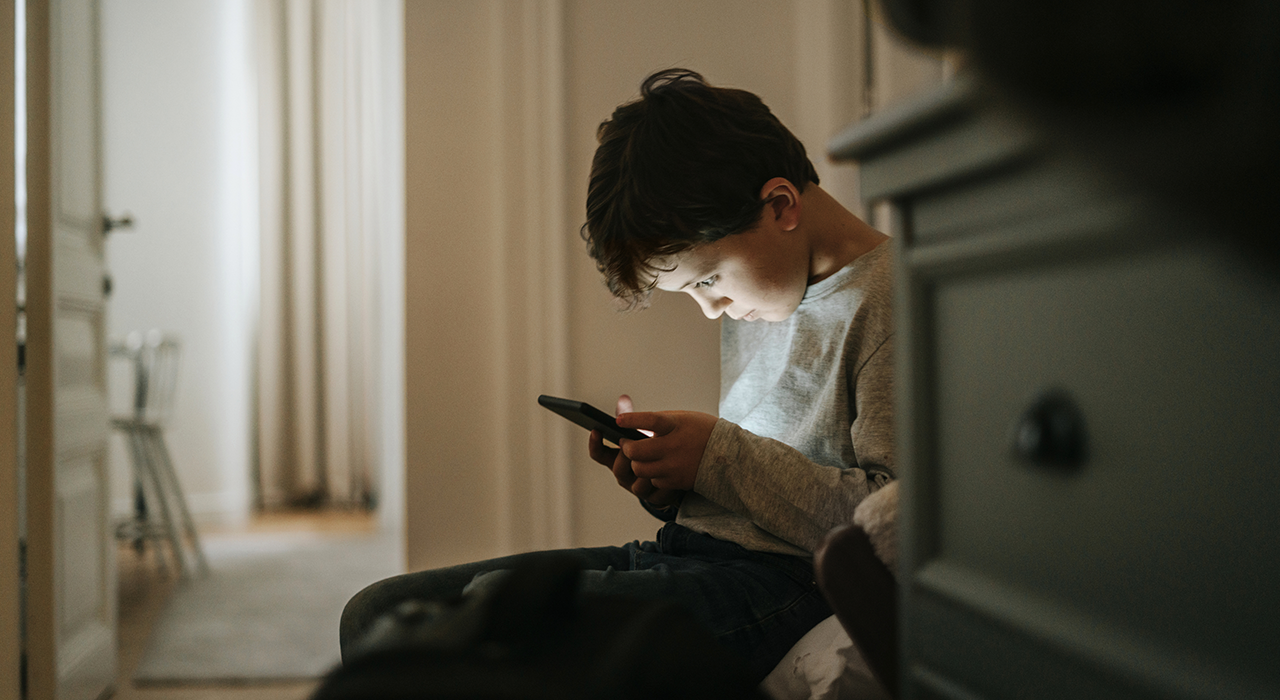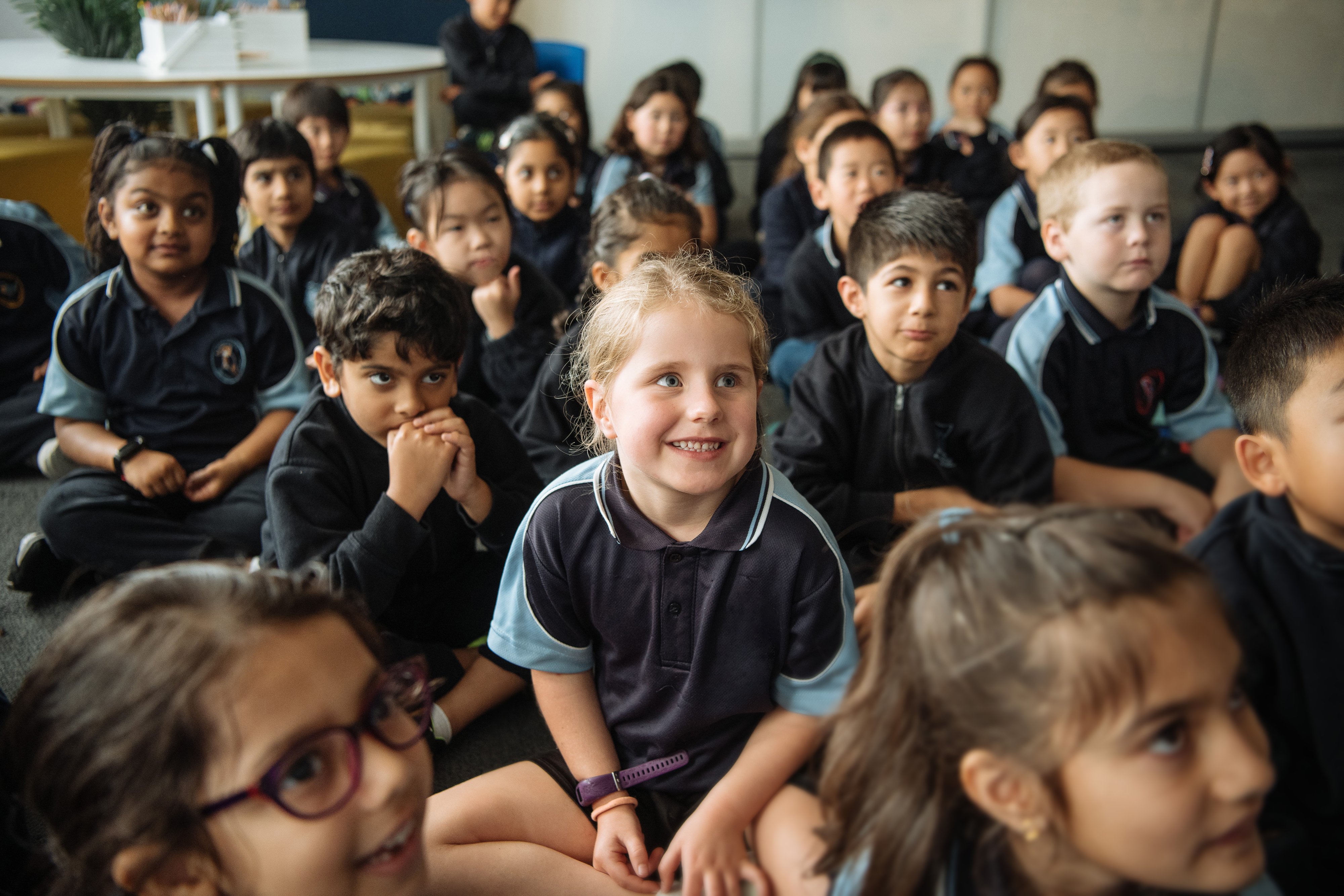There is an overwhelming amount of evidence to support the benefits of mindfulness in adults. However, little research exists in children and adolescents with even less exploring the benefits of integrating mindfulness in schools.
We've worked for years with primary school teachers and we know, you know, just how busy (and tired) you get. We also know implementing any type of new program at school can seem overwhelming.
However know our mindfulness programs in Australian schools benefit teachers and student, but don't take our word for it...keep reading as we put our approach to the test.
Mindfulness in schools research
In 2016, independent researchers evaluated the Smiling Mind Mindfulness in Schools program.
Researchers from Deakin University and InsightSRC surveyed 12 schools, 104 teachers and 1,853 students to assess the impact of the Smiling Mind mindfulness program.
The results of this mindfulness in schools study indicated that by implementing our mindfulness program in schools you can directly assist with;
- improved mental health of students
- reductions in classroom disruptions
- emotional benefits for at-risk students
- early childhood development
- student engagement
- and even childhood anxiety
![]()
The world needs mindfulness and in this fast-paced, stressed and distracted world, the children of today probably need it more than any previous generation. Smiling Mind is taking mindfulness meditation to where it is needed most, into the hearts and minds of young Australians, in schools. – Dr Craig Hassed, Associate Professor - Monash University
Wellbeing is essential for learning. With mindfulness in schools students are more focused and more engaged learners.
We spoke to some of the teachers from our local community who have already implemented mindfulness practices in their schools using the Smiling Mind meditation app and curriculums.
Here's their 6 top tips on how to implement mindfulness in a primary school setting:
- Implement your own mindfulness practices.
We strongly recommend that the teachers continue a personal mindfulness and meditation practice and resources are provided to teachers to support this practice. Primary teachers who have their own practice increase their own mental wellbeing and that of their students. If you have your own practice, you’ll increase the productivity of your classroom. For example, if you’re feeling stressed, try one of our quick grounding meditations before students come into class. - Inspire & inform leadership on the value of mindfulness in schools.
A whole school approach is the best way to go when implementing mindfulness across your school. Start with the other teachers and the leadership team. Principals especially will be able to improve long-term outcomes. If you’re looking for a quick 101 on how to convince your colleagues to get onboard, visit our YouTube Channel to help you explain the concept of mindfulness or request to book in a staff PD workshop. - Agree to implement mindfulness at a universal time for all.
Create a routine. Choose 1 time period for a minimum of 3 days per week to practice mindfulness in your school. Frequency is key. Pick a time of day that works for you, after lunch is the most popular as it helps students get back into work mode. Our research suggests that you’ll need to practice mindfulness in the classroom for at least 3 times a week for 5 minutes to start seeing the benefits. - Engage & empower students.
Use Smiling Mind as a tool that is there for you to use in whatever way works for you and your students. It can be a great bridge for students and teachers to learn about mindfulness, but then you might want to run your own mindfulness in schools activities. For example, create a class roster for who is in charge of mindfulness at school for that week or perhaps encourage students to run their own mindfulness sessions. - Create a mindful classroom.
The space where students learn and play needs to inspire. It should feature reminders (what psychologists call mindfulness triggers) for students to feel calm, clear and connected. This environment is important in shaping their physical, mental and social health. Here’s a quick tip: co-creating the space can be a fun activity to do as a class at the beginning of the term. Get students to bring in their own cushion, or mindfulness trigger. We’ll be posting again soon about the best way to create a mindful space in your own school. Smiling Mind can also provide you with mindfulness posters that you can print and put up in your classroom. - Involve parents in the practice.
Encouraging parents to use Smiling Mind at home with their kids is a great way to see even more benefits for everyone. You'll find that if they have a practise at home, they'll build on this with you at school. If you need a little help to get them across the line, Smiling Mind can provide you with our tailored parent letter which you can send home that explains Smiling Mind and it’s benefits.
Smiling Mind makes mindfulness in schools easy to implement with whole school community approach to embedding mindful learning.
“Our school has embraced mindfulness using the Smiling Mind app and we have noticed a great difference in the children. Parents are also using it at home. In term 4, one of our teachers will be conducting mindfulness sessions in the morning for parents and students before school starts” - Teacher, Camberwell Primary School
Access your free copy of our Evidence based guidelines for mindfulness in schools.
This document aims to provide school leaders, teachers and other stakeholders who wish to implement mindful learning through mindfulness programs for children into their school with a clear and concise review of the evidence and existing best practices within education.
The Smiling Mind Education Program is an established and well-regarded pre-emptive mental health and wellbeing program delivering mindfulness based education programs for primary and secondary school students.
Our unique offering includes professional learning and workshops, classroom resources and an accessible, state-of-the-art technology platform caters for the entire learning ecosystem.
The programs include key lesson plans and recorded meditations delivered through our website and app, which have been mapped to the curriculum.
They are designed to offer all the resources needed to support teachers in integrating the program materials directly into their classrooms. This enables widespread engagement and the ability to deliver programs on a large scale.
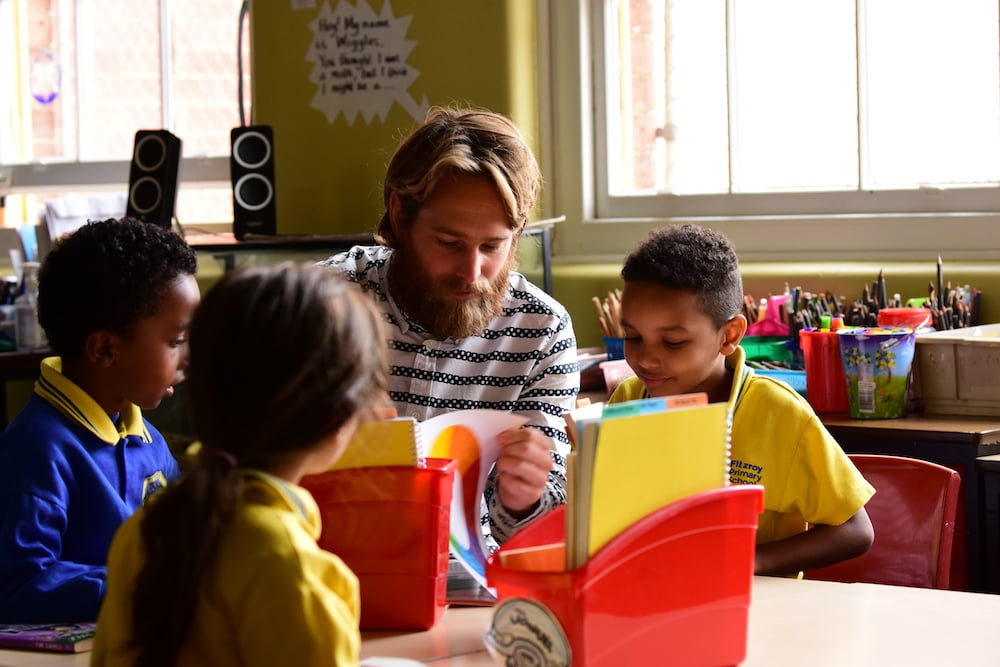
The Smiling Mind Education Program has two major applications in the classroom:
- Group settings: A teacher or facilitator logs into the Smiling Mind Education Program website and works through the program as a class, using the communal platform to generate discussion and learning. Mindfulness practices are played via website or the smartphone speaker and the class practices the mindfulness activities and meditation as a group.
- Individuals: Students download the Smiling Mind app and utilise it when directed by a teacher and/or at the student’s discretion on an as needs basis both in and out of the school environment.
We've also developed easy-to-follow curriculums for every school age including exactly how to implement mindfulness in any school whilst embedding a mindful culture amongst students. You can see them here.
Want to find out more about our whole school approach? Get in touch here.
If you're already using Smiling Mind with your class we'd love to get your feedback, it'll only take 3 minutes - click here!







.jpg)
